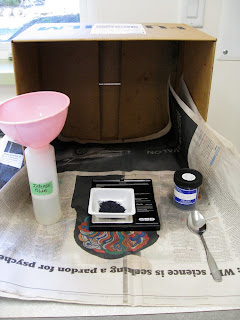We called in Evergreen Tree Service once it was pointed out we had 2 leaning trees north and near the house. Their roots were being lifted out of the ground. They were a safety hazard.
This is Cam suiting up with his tree climbing gear and chainsaw.
And up he goes using his spurs to dig into the trunk.
You can see here the angle of one of the trees. It is rubbing on and probably being supported by the Maple tree beside it.
This is Tyler, the ground man. Here he is making sure Cam's belay line is not tangled in the branches that fall down after being cut.
This is Gord making the tree into a wildlife tree after cutting all but about 20 feet down. He has roughed up the top to allow rain to penetrate and accelerate the decay process.
Gord bucking the logs i.e. cutting the log into lengths that will fit in the fireplace. They will be split and stored for a couple of years before being burnt in the fireplace. Some of the logs will be cut into rounds to make paths around garden beds in the backyard.
Tyler has been on the job only a few weeks. Here he gets a lesson from Gord on how to buck.
Watching the tree felling was an exciting way to spend the morning. I learnt a new vocabulary. Now we will keep an eye on the remainder of the trunks to see if they get visited by the pileated woodpeckers who are the first bird species to open up a tree to other creatures.



















































